If you haven’t heard yet of this tiny giant taking the fitness world by storm, Fitbit is a small device that attaches to your wrist or body and helps wearers achieve fitness goals by tracking physical activity. Not just a run-of-the-mill pedometer, Fitbit is a hybrid of an accessory and technology, offering a wide selection of styles and features.
Currently the #1 portable fitness tracking device on the market, Fitbit ranks well on Google and made the coveted Inc. 500 list in 2015. Our SEO study even shows that Fitbit comes in at #53 on our list for SEO performance.
So, what’s the problem? In our Vector Report analysis, we uncovered that Fitbit is not only killing it in terms of sales but also in Google rankings. This post isn’t about what they’re doing wrong, but what they could be doing more of.
From their imagery to their messaging, Fitbit is all about strength, discipline, and fitness – we’ve even seen the word “skinny” thrown in the mix. Instead of tapping into the emotions of their consumer, Fitbit is forcing their own brand identity onto their customer. They have built their brand on the aspirations of their target market, who unfortunately aren’t reflected in key areas. Now that they have achieved brand recognition, it’s time for Fitbit to speak to the everyman.
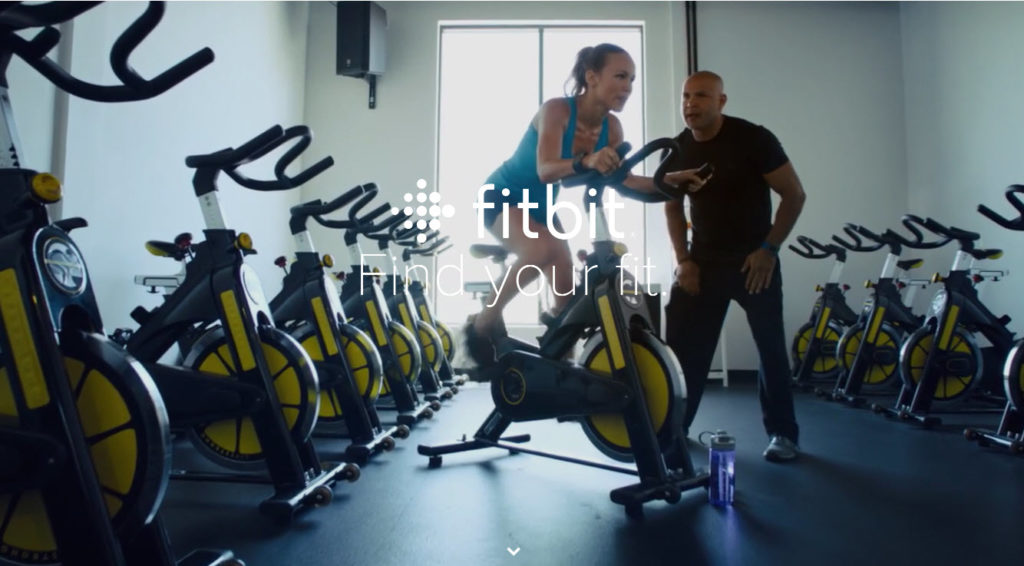
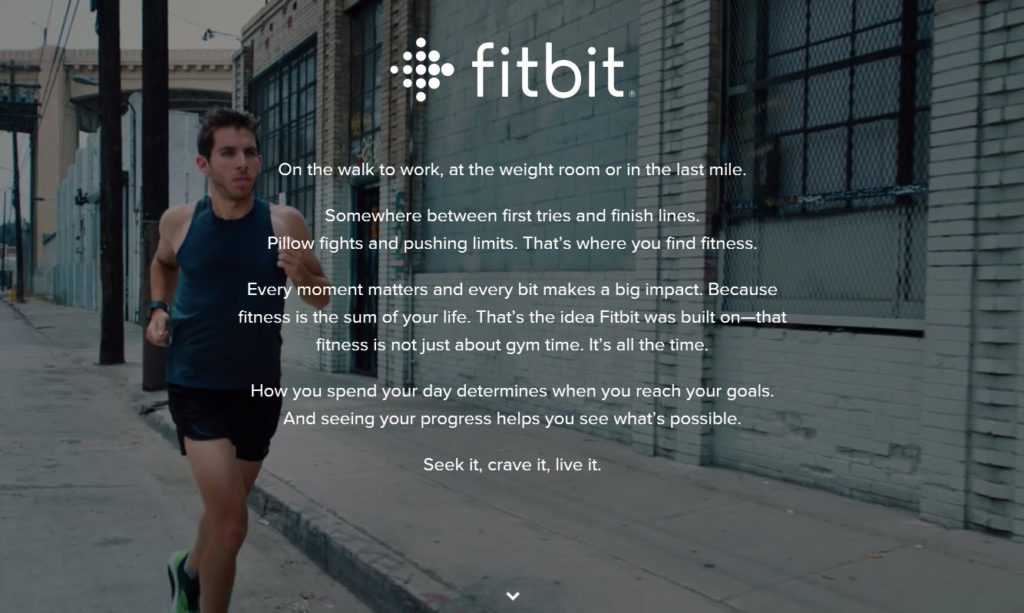
Unfortunately, this isn’t just a problem for Fitbit. Many companies are so focused on enhancing their brand awareness that they fail to satisfy a current emotional need of the consumer. It’s no secret that the majority of purchases, especially non-essentials such as Fitbit, are driven by a deeply rooted (or not so deeply rooted), emotional motivation of the customer. So why has content marketing become so unemotional?
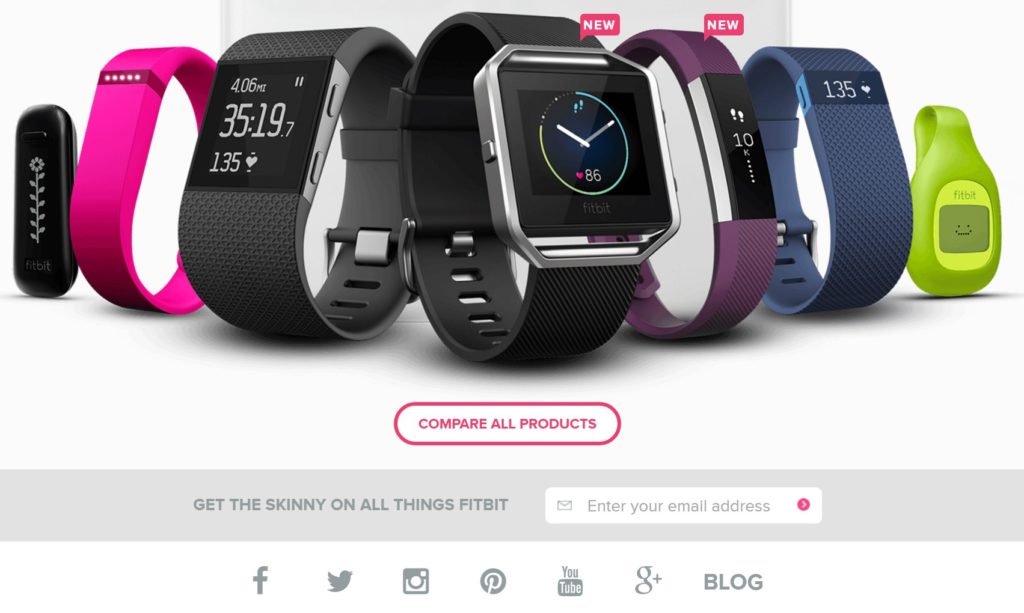
Full disclosure: We’re big Fitbiters here. We track our steps, monitor our heart rates and keep a close watch on our fitness goals. We know who Fitbit should be talking to because it’s us. But even more important than the trackers on our wrists, is the data behind it. With aspirational images: fit men and women working out, in mid-jog and high-powered slogans like “Find Your Fit”, it is clear the positioning that Fitbit is trying to achieve. However, brand positioning without reliable market research to back it up can have a brand missing the mark on who they should be speaking to and how.
If Fitbit was a client, we would recommend a detailed market research analysis that focuses more on the psychographics of their customers – but we wouldn’t stop there. We’d push the psychographic data several steps further by utilizing this data to segment customers by target persona.
Target personas assign a face to the number. We use our data to create unique personalities for each type of target customer – and what those personalities are looking for as it relates to the business. This allows us to take an honest and thoughtful look at what the emotional needs, wants and motivations of different customers are by getting to know them at a core level.
So say we performed Audience Research and uncover that a large segment of Fitbit users are Moms with young children that are strapped for time to work out, but want to make every step count. Through data analysis, we may learn that what resonates most with this segment are not stories from triathlete moms (although we are very impressed), but real-life stories from women were able to achieve their goals just by adding a few extra steps to each day.
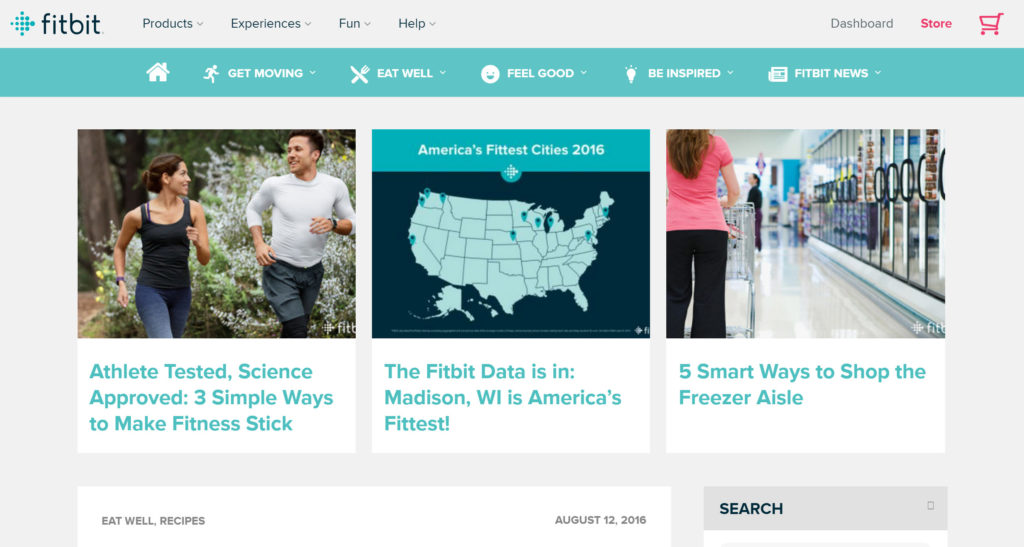
In addition to taking a deeper dive into their market, iPullRank would create a tailored content strategy that would look at Fitbit’s existing current state content and present a plan that moves it towards a more robust and performance driven future state. At the moment, Fitbit has a blog packed with useful content on not just fitness, but also food, wellness, inspiration, and news. But how hard is this content working? With a bit of data-driven keyword research, we’d optimize evergreen content to rank better and drive more visitors to the site.
During our in-depth content audit process, we uncover how content is performing and on which platforms, helping you gain a better understanding of where to concentrate your efforts – one of which is social performance. Take a look at Fitbit’s top social content below. As shown by the popularity of their Freestyle Friday infographic, the Pinterest audience just loved this visual content piece. Although Why Men Should do Yoga and 5 Do’s & Don’t for Staying Motivated come in second and third for most social shares, they did not perform equally on Pinterest. We see lots of opportunity in optimizing content to perform better on Pinterest, and ultimately, drive more traffic back to the Fitbit site.
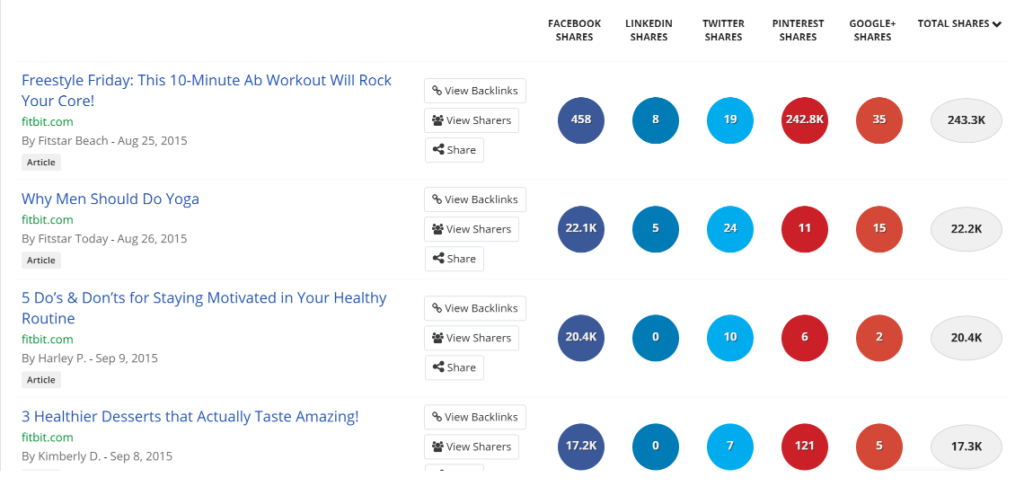
Lastly, when it comes to content, consumers are looking for utility. Fitbit is already extolling its value and usefulness, but this needs to be transferred to its content. Activations like calculators and quizzes provide actionable results in a fun interface. For example, how about taking this infographic to the next level? By making America’s Fittest Cities a mainstay on Fitbit.com, Fitbit can turn this content piece into something that bloggers, press, and customers can come to again and again.
Fitbit has a healthy organic presence and has achieved no small feat – market share in the crowded wearable space. With audience data and psychographics informing content, Fitbit can create content that not only speaks to their brand value but also meets their customers and potential customers where they currently are. We applaud Fitbit’s success as one of Inc.’s fastest growing companies – now let’s get some better content out there.
Disclaimer: We are not affiliated with Fitbit, nor has Fitbit ever been a client of iPullRank. We’re just big fans who want to offer a little content strategy advice.
Special thanks to Fajr Muhammad and Annie Liu for their contributions to this article.






